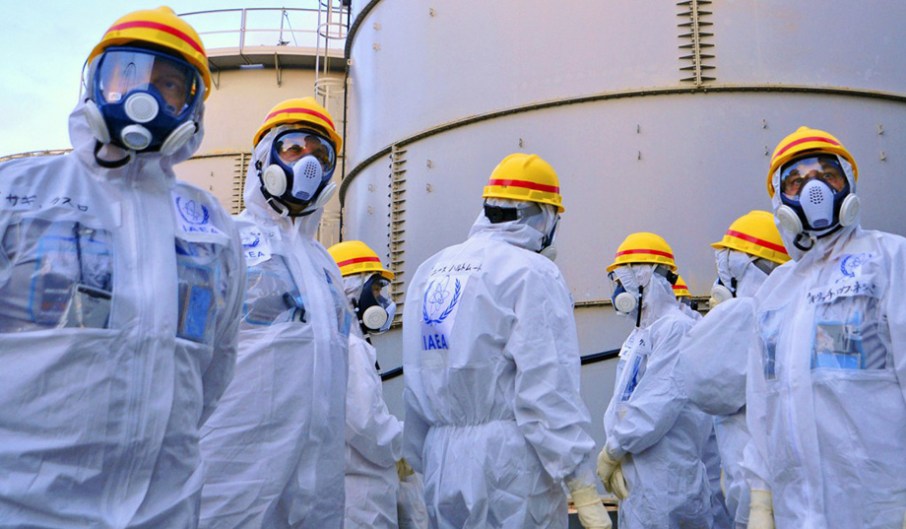Iran honouring nuclear deal
November 14, 2018 | Expert Insights

Iran has continued to implement the main nuclear restrictions set by its 2015 deal with major powers even as the United States re-imposed sanctions against Teheran, according to an IAEA report published this week.
Background
Iran’s current nuclear program involves several research sites, two uranium mines, a research reactor, and uranium processing facilities. The country ratified the Non-Proliferation Treaty in 1970. Thus, its nuclear program has to be subject to International Atomic Energy Agency (IAEA) verification.
In the 2000s, reports began emerging on Iran running a uranium enrichment program in secret. An investigation by the IAEA revealed that Iran had not declared a number of its nuclear activities to the group. Thus, the nation was subjected to multiple harsh sanctions from the international community. This has cost the nation billions of dollars (estimated $100 billion in oil revenues alone till 2015). It has also lost out on foreign direct investment.
On 2 April 2015, the P5+1 and Iran reached a provisional agreement that sought to lift most of the sanctions in exchange for limits on Iran's nuclear programs - extending for at least ten years. When the International Atomic Energy Agency (IAEA) certified that Iran had restricted its sensitive nuclear activities, the UN sanctions were lifted on January 16, 2016. President Trump re-imposed the sanctions in November 2018 after withdrawing from the JCPOA.
The United States and Iran do not have any formal diplomatic relations or ties. The two nations share an acrimonious relationship. In 2002, US President, George W. Bush, referred to Iran as being part of the “axis of evil.”
Analysis
Iran has continued to implement the main nuclear restrictions set by its 2015 deal with major powers even as the United States re-imposed sanctions against Teheran, a UN atomic watchdog report showed on Monday (Nov 12).
Iran has kept its stock of low-enriched uranium as well as the level to which it refines uranium within the limits set by the landmark deal, according to the International Atomic Energy Agency report to IAEA member states. Several of the main items curbed under the deal, designed to lengthen the time Iran would need to build a nuclear bomb if it ever chose to do so, were verified shortly before US sanctions were re-imposed on Nov 5 as a follow-up to Washington's withdrawal from the nuclear accord announced in May.
Iran's reserve of low-enriched uranium remained well below the deal's 202.8 kg limit at 149.4 kg, the quarterly report by the Vienna-based IAEA showed. Its stock of heavy water - a less sensitive material that can be used as a moderator in nuclear reactors but is still restricted under the deal - was roughly unchanged at 122.8 tonnes. Iran continued production but 1.7 tonnes were shipped abroad while 1.5 tonnes were used to make medical compounds, the report said.
The restoration of sanctions is part of a wider effort by US President Donald Trump to force Iran into stricter limits on its nuclear programme, and a halt to its development of ballistic missiles as well as to its support for proxy forces in conflicts around the Middle East.
Iran has said it will stick with the deal, which lifted most international sanctions, but only if the other signatories - three European powers, Russia and China - make good on pledges to preserve its trade benefits. Britain, Germany and France have been scrambling to shield companies from the effects of new US sanctions and protect Iranian oil revenues, though many diplomats doubt those efforts will be enough to ultimately save the deal.
Assessment
Our assessment is that despite growing pressure from Washington, Iran has continued to honour the conditions of the JCPOA. We believe that Iran is banking on the goodwill with Europe to help them sail through the re-imposition of the sanctions. We also feel that the European negotiators for the JCPOA may look to continue trading with Tehran despite the sanctions.








Comments